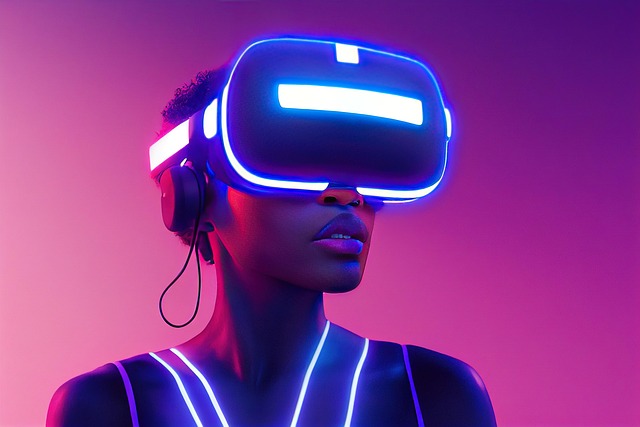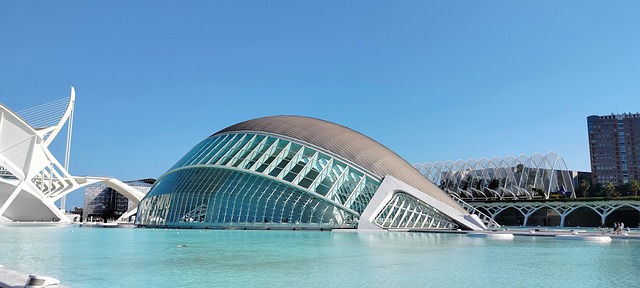As we step further into the 21st century, the concept of immersive reality has begun to redefine our engagement with digital environments. Virtual reality (VR), augmented reality (AR), and the metaverse are not just buzzwords; they are transforming our perceptions of reality, offering experiences that blur the line between the digital and physical realms.
Imagine slipping on a VR headset and being transported to a different world, where the limitations of your physical surroundings dissolve, and you can interact with a meticulously crafted digital universe. Whether you’re exploring alien planets, engaging in real-time multiplayer battles, or simply soaking in breathtaking landscapes, VR creates an environment that captivates and envelops you, pushing your senses to their limits.
On the other hand, augmented reality enhances the real world by superimposing digital information or visuals onto our immediate surroundings. Have you ever used an app that layers digital content onto your view of the world? From Snapchat filters to interactive educational tools, AR allows us to experience an enhanced reality, enriching our everyday life with a touch of digital magic. It serves as a bridge between our physical world and the seemingly infinite possibilities of the digital realm, making the mundane more exciting and interactive.
The concept of the metaverse adds yet another layer to the discussion of immersive reality. This digital space is envisioned as a collective virtual environment where users can interact with each other and the computer-generated world in real time. Here, communities form, businesses thrive, and experiences converge, creating an ecosystem that is as dynamic and nuanced as the physical world itself. Think of it as a vast landscape where your avatar can socialize, work, or play—an extension of your existence that exists parallel to our day-to-day lives.
As we delve deeper into the realms of immersive reality, we find ourselves grappling with exciting questions about its impact on society, communication, and even our own identities. How will these technologies reshape our understanding of connection in an increasingly digital age? Will they bring us closer together or drive us further apart? With each advancement, we inch closer to a future where our realities are intertwined with the digital, offering a profound sense of freedom and creativity.
Moreover, the field of immersive reality isn’t just for gamers and tech enthusiasts. Artists, educators, and businesses are utilizing these technologies to create engaging experiences for their audiences. Museums are employing VR to bring history to life, allowing visitors to walk alongside dinosaurs or witness significant events as if they were really there. Educational institutions are leveraging AR to teach complex concepts through interactive visuals that can be explored and manipulated, making learning a tactile experience.
The potential of immersive reality is growing exponentially as technology advances. Companies are continuously exploring innovative applications, from virtual real estate tours that allow potential buyers to walk through homes without leaving their couch to augmented reality apps that help individuals visualize how furniture would fit within their living spaces. The capabilities are endless, and as we continue to innovate, the line between what is real and what is digital will become increasingly indistinct.
As we embrace this new era of immersive reality, it’s crucial to maintain a balance. With the advantages come ethical considerations about privacy, digital well-being, and the potential for isolation. It’s essential to remember that while immersive technologies can enhance our experiences, they should not replace the genuine connections and interactions that define our humanity. Our journey into these augmented realms should enrich our lives, not detract from our experiences of the world we inhabit.



